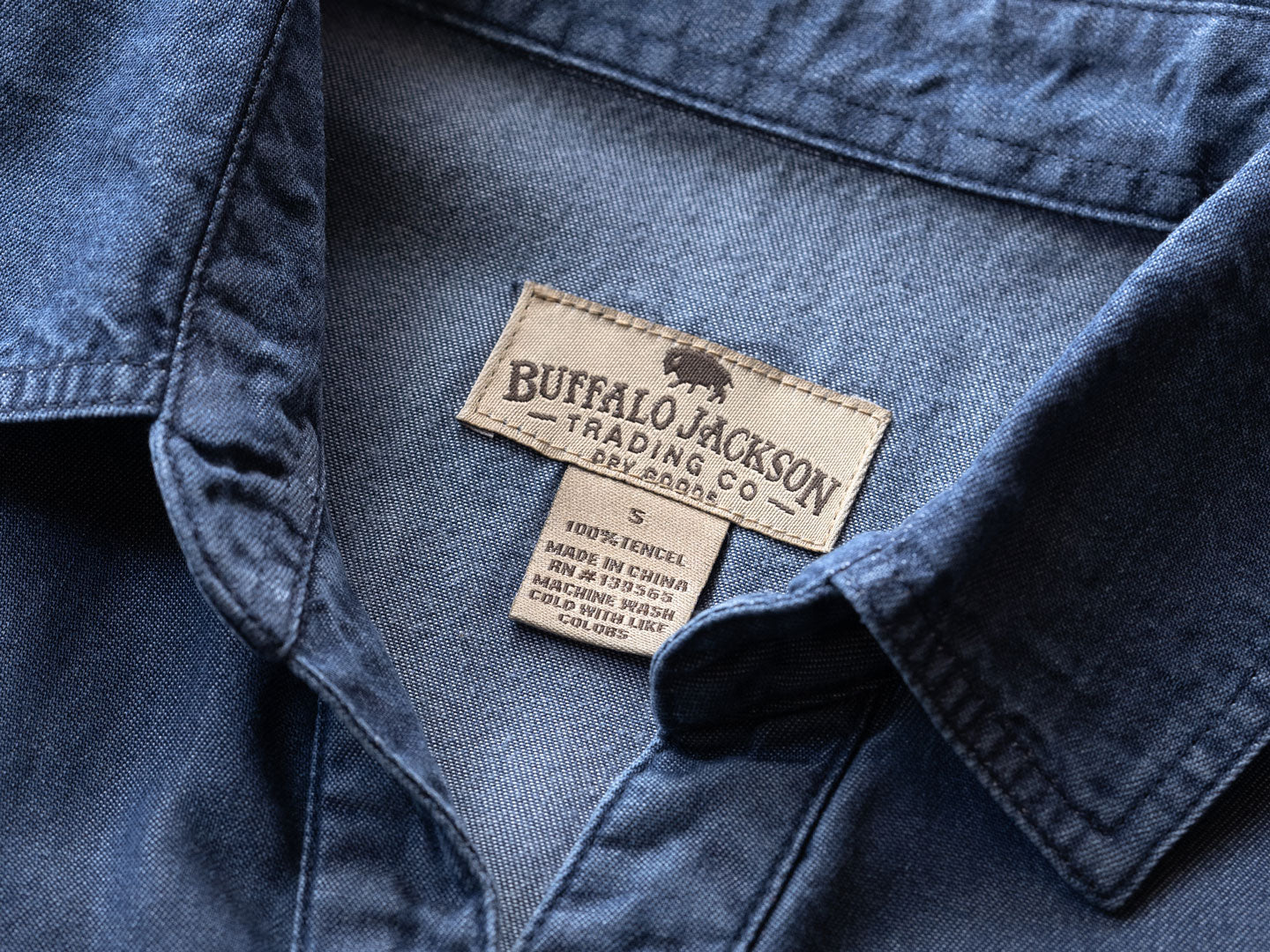
What Is Tencel Fabric?
4.7 (105) In stock

4.7 (105) In stock
A Guide to Tencel Fabric This shirt is 100% Tencel, you say? Well, what in the world is that? Don’t worry: you’re not the only one wondering. Touted as softer, stronger, and more breathable than cotton, it’s worth asking: What is Tencel fabric? Wonder no more. What is Tencel fabric? Tencel fabric has been around longer than you may have realized: the technology was first developed back in 1972. But, its popularity has spread dramatically in recent years with the rise in environmentally conscious clothing brands and the ever-increasing demand for comfort in apparel. Interestingly, Tencel is actually a branded version of a fiber called lyocell. (Think “ChapStick®” vs. “lip balm.”) A sub-type of rayon, lyocell fibers are made from cellulose found in wood pulp. How Tencel Compares To Cotton Touted as softer, stronger, and more breathable than cotton, it’s
A Guide to Tencel Fabric
This shirt is 100% Tencel, you say? Well, what in the world is that?
Don’t worry: you’re not the only one wondering. Touted as softer, stronger, and more breathable than cotton, it’s worth asking: What is Tencel fabric? Wonder no more.
What is Tencel fabric?
Tencel fabric has been around longer than you may have realized: the technology was first developed back in 1972. But, its popularity has spread dramatically in recent years with the rise in environmentally conscious clothing brands and the ever-increasing demand for comfort in apparel. Interestingly, Tencel is actually a branded version of a fiber called lyocell. (Think “ChapStick®” vs. “lip balm.”) A sub-type of rayon, lyocell fibers are made from cellulose found in wood pulp.
How Tencel Compares To Cotton
Touted as softer, stronger, and more breathable than cotton, it’s worth asking: how does tencel compare to cotton? Often times, tencel is blended with other fibers like cotton to give it a softer finish and feel. Tencel is a manmade fiber that derives from wood whereas cotton is a natural fiber. When comparing the two, Tencel is generally known to be more breathable and moisture wicking than cotton.
Who invented Tencel?
The process used to create lyocell (later to be branded, Tencel) was originally developed in 1972 by a now-defunct fibers facility in Enka, North Carolina. Their process development, however, was awarded the Henry E. Millson Award for Invention in 2003 by the American Association of Textile Chemists and Colorists. After the closure of the Enka facility, a company called Courtaulds Fibres in the UK furthered the development of lyocell through the 1980s, ultimately creating Tencel. In 1990, the Courtaulds Fibre rayon factory in Mobile, Alabama, was home to the first commercialization of the Tencel process. The company - and its Tencel division - changed hands a couple of times until the Tencel division was eventually purchased by Lenzing AG in 2000. Lenzing combined Tencel with their existing “Lenzing Lyocell,” but kept the Tencel brand name. [source]
How is Tencel fabric made?
The cellulose fiber that comprises lyocell is made from dissolving wood pulp using a variant of wet spinning called “dry jet-wet spinning.” Spinning is the process used for creating polymer fibers. There are five methods of spinning, and of the five, wet spinning is the oldest. Wet spinning is used for polymers like rayon and spandex that need to be dissolved in a solvent to be spun. In the dry jet-wet spinning variation used to create lyocell, dry wood pulp is combined with a solvent to produce a wet mixture. The pulp is then pushed (extruded) through a die of small holes to create threads. The threads are drawn into dry air and then chemically treated by submerging into a liquid bath. Finally, the threads are spun into yarn, and the yarn is woven into fabric.
What is Tencel’s environmental impact?
While the production of Tencel certainly has both positive and negative effects on the environment (as with any textile), Tencel is regarded as more environmentally friendly than other fabrics. As a fiber derived from natural sources, Tencel is biodegradable. The Tencel brand of lyocell fibre is made from eucalyptus trees which, according to the Natural Resource Defense Council, do not require pesticides or irrigation. According to Lenzing AG, they “can grow enough trees for a ton of Tencel on half an acre of forestland that is unsuitable for farming.” (According to the Natural Resource Defence Council, cotton needs up to five times that in high-quality farmland.) Lenzing also says they source materials from “certified and controlled sources like sustainably managed plantations.” [source]
Tencel production utilizes a closed loop production process they’ve created called REFIBRA™ technology. In this closed-loop system, 99% of the chemical solvents used in production are recovered and recycled back into the system, minimizing waste and emissions. The process also includes the upcycling of cotton scraps (pre-consumer waste from garment production) in addition to the wood pulp sourced from certified sustainable forestry. Lenzing AG received the European Award for the Environment for developing the process.
On the flip side, Tencel fabric is mixed with conventional dyes, which can be harmful to the environment. However, comparatively, Tencel (lyocell) requires less dye than cotton. Additionally, the main environmental concern regarding Tencel fabric production is the energy required for the process. Lenzing reports they are working to improve this area, developing programs for greater energy efficiency, including their “biorefinery” concept. At their most integrated production plants, energy requirements are covered from the bioenergy derived from wood. After extracting the needed raw materials from the wood to make the fiber, they can use what remains to produce energy and electricity to run the process. At less- or non-integrated plants, energy needs are met using natural gas and small amounts of coal. According to Lenzing, “We are continually working on improvements with regard to our energy needs through technological measures and aim to reduce the use of fossil fuels to a minimum.” [source]
What’s so special about Tencel?
Okay, let’s get to the good stuff -- what makes Tencel fabric so special? Does it smell like eucalyptus trees? Well, unfortunately, your Tencel blouse will not carry the scent of eucalyptus. But, it will offer many other valuable benefits:
Soft + Strong
Tencel fabric is most known for how it feels: exceptionally soft on the skin, while also strong and durable (whether wet or dry).
More Breathing + Absorbing
Tencel stands out as an extremely breathable and absorbent fabric. The result: garments that feel cool and dry.
Less Shrinking + Fading + Wrinkling
Additional favorite Tencel features include its resistance to shrinking and fading, and it is less prone to wrinkling than some other fabrics.
What types of clothing use Tencel fabric?
A fantastic alternative to synthetics, Tencel fabric is ideal for activewear. “Absorbs moisture,” “breathable,” and “soft” are high-demand features in any activewear. Tencel garments check those boxes and add strong and durable to the list as well.
Not only does this texture feel good on the body, but it also looks good too. Garments made of Tencel fabric are generally very flattering and drape beautifully on the body. This makes Tencel a fantastic choice for shirts and blouses. Consider this 100% Tencel women’s denim shirt. It has a more soft and airy feel than you would expect from a traditional denim shirt, and the Tencel fabric means the shirt’s relaxed fit drapes well to create a flattering silhouette.
So, what is Tencel fabric? An impressive alternative to other fabrics - synthetic and otherwise - and produced using an environmentally conscious process, this fabric offers a fascinating story, if nothing else. Not to mention, Tencel fabric pieces pair nicely with our collection of leather duffle bags and leather messenger bags for a refined, yet rugged look. Turning wood pulp into fabric!?? Technically those lyocell fibers aren’t made of magic, but we wouldn’t be surprised to hear it. Want to learn more about sustainable fabrics? Read our blog post on A Guide to Recycled Clothing: How Are Shirts Made from Plastic Bottles?

Tencel Fabric Unveiled: A Comprehensive Guide
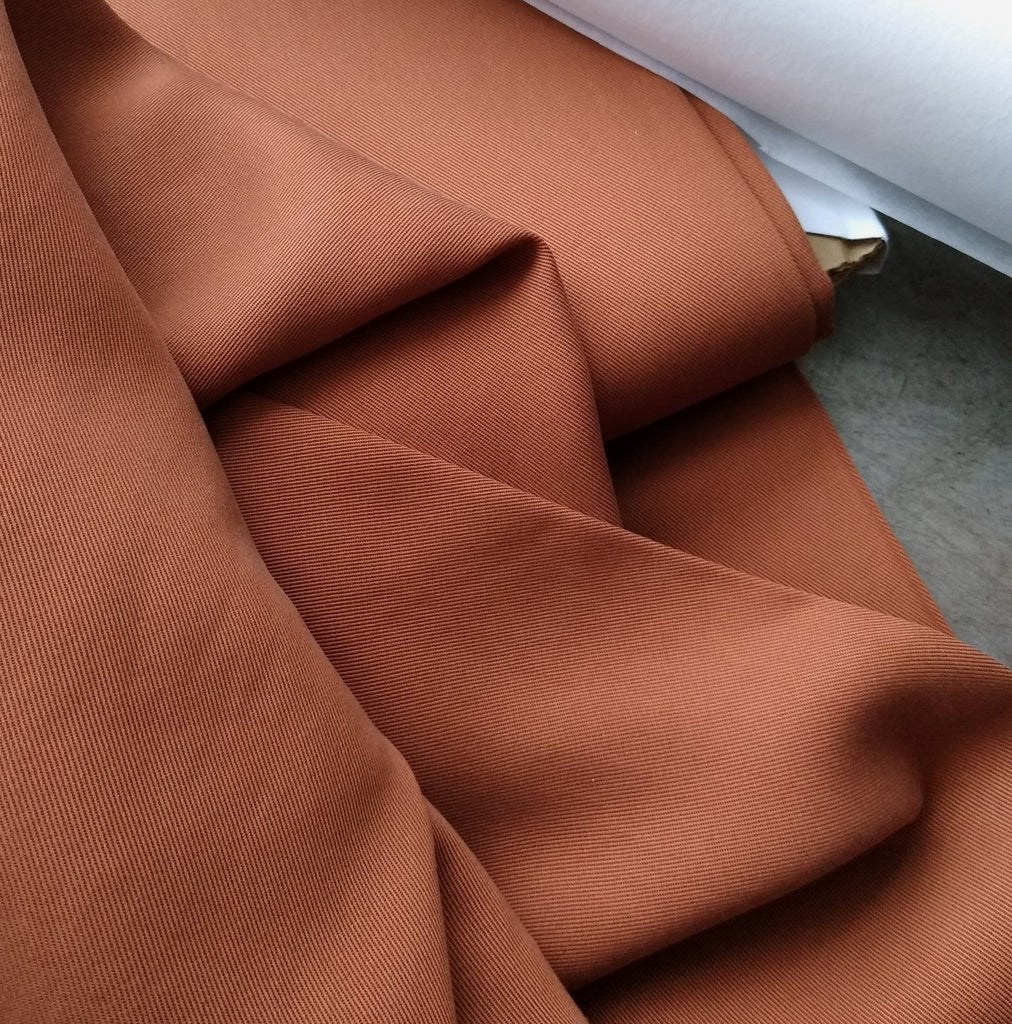
Tencel Twill / Copper / Garment Fabric
What is Tencel & Why is Tencel the Best Fabric for Babies

What is Tencel Fabric? Discover Its Eco-Friendly Benefits

What Is Tencel Fabric: Sustainable Lyocell Guide - virtue + vice
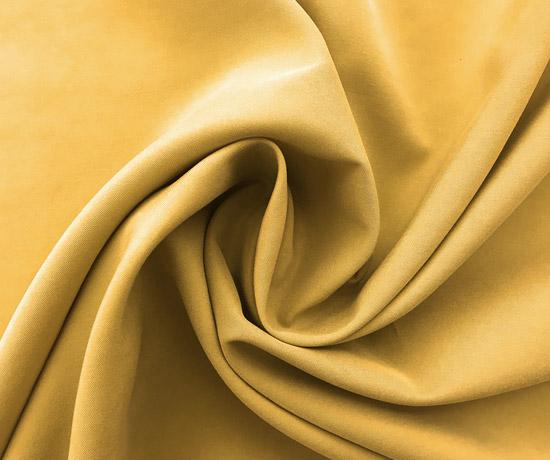
Tencel Modal Fabric, Tencel Modal Fabric Supplier & Manufacturer

What is Tencel?
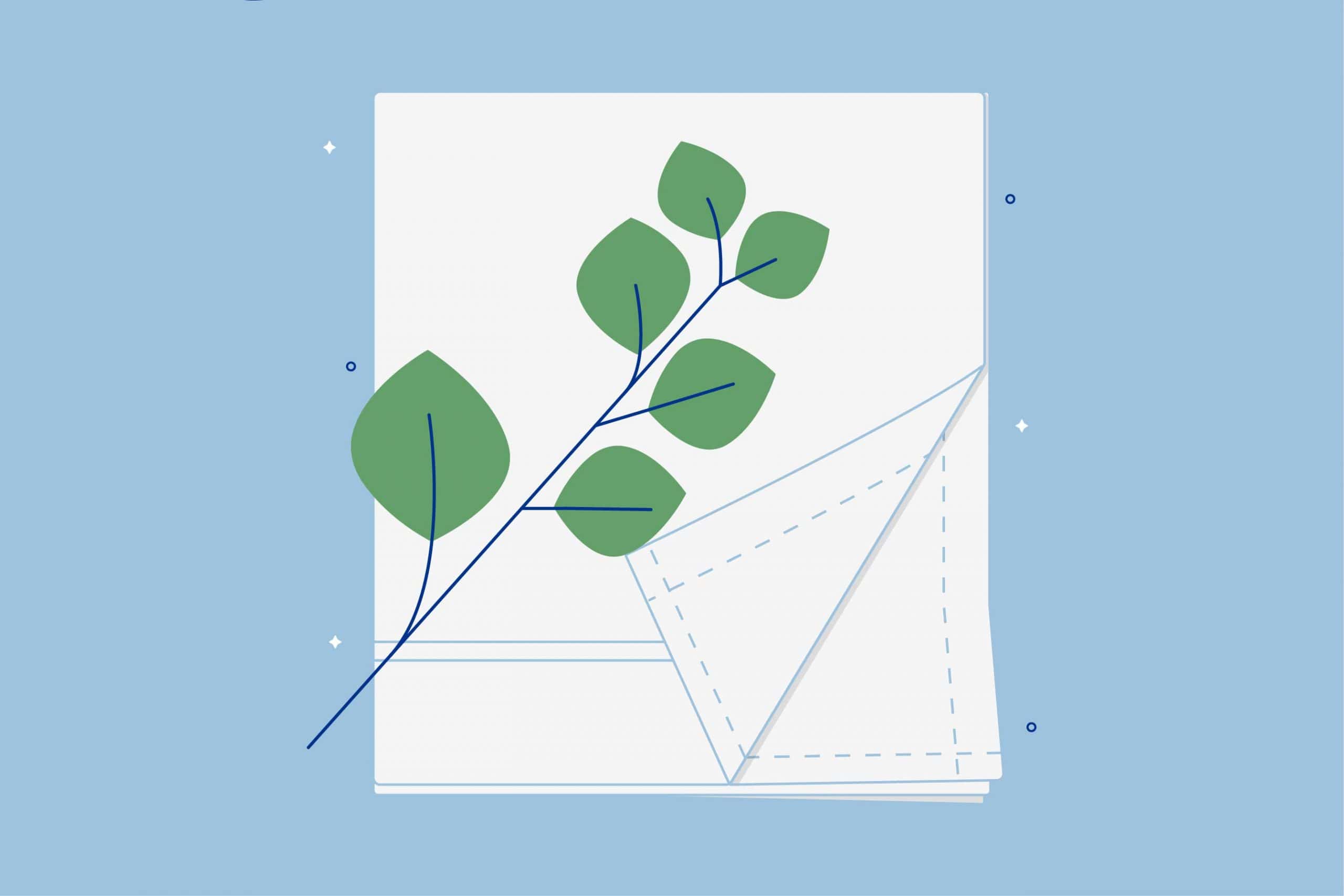
What is Tencel Fabric? - Amerisleep

What is Tencel Fabric for Sheets?
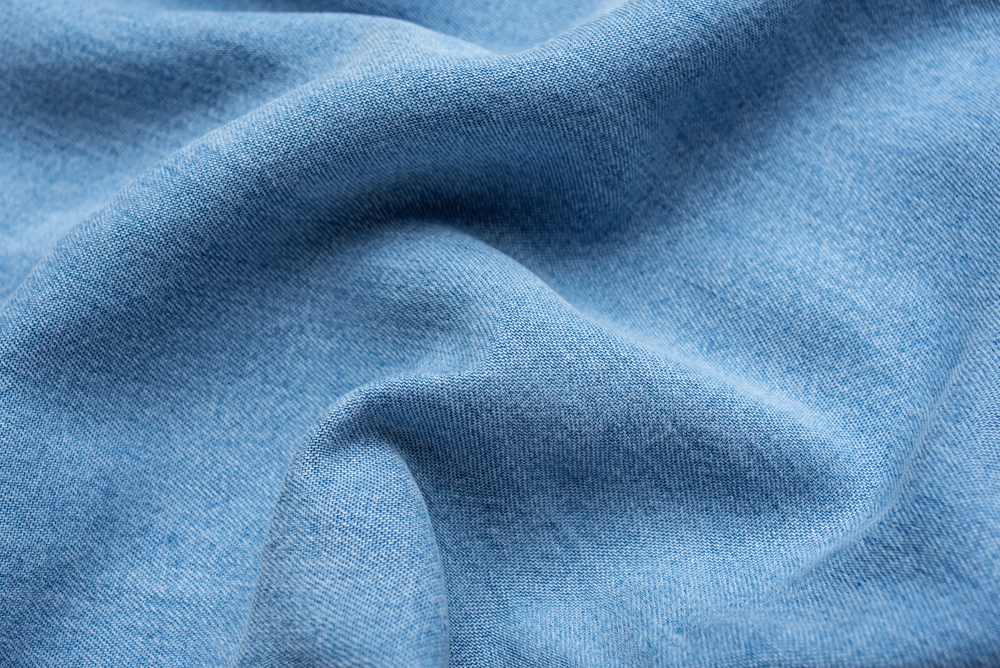
What Is Tencel Fabric?

What is Tencel Fabric for Sheets?

7 Things to Know About Tencel Fabric Bed Sheets – City Mattress

Tencel Fabric: A Sustainable and Luxurious Material for Clothing
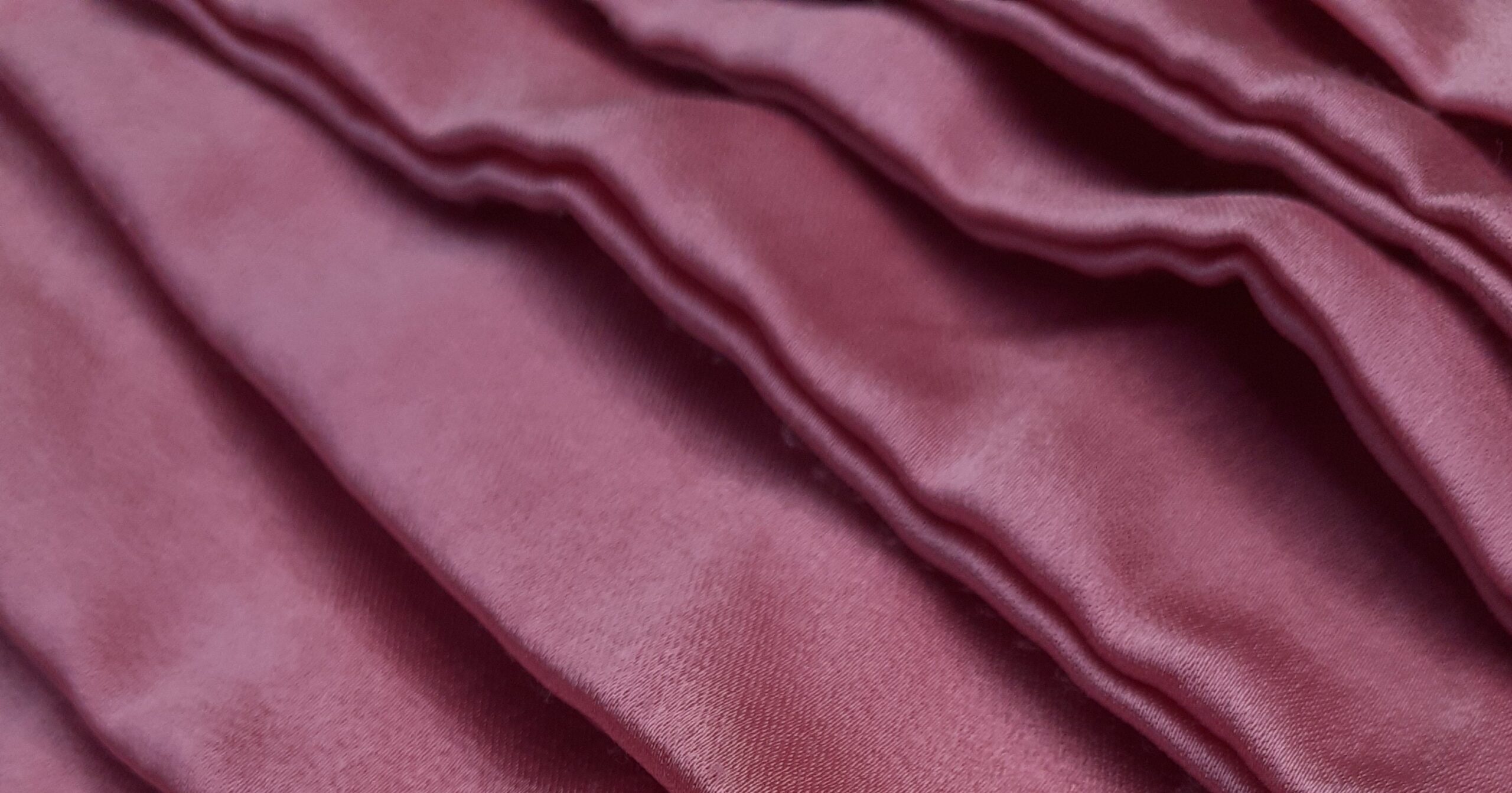
Tencel ™ Lyocell VS Cotton: 13 Easy Ways to Compare
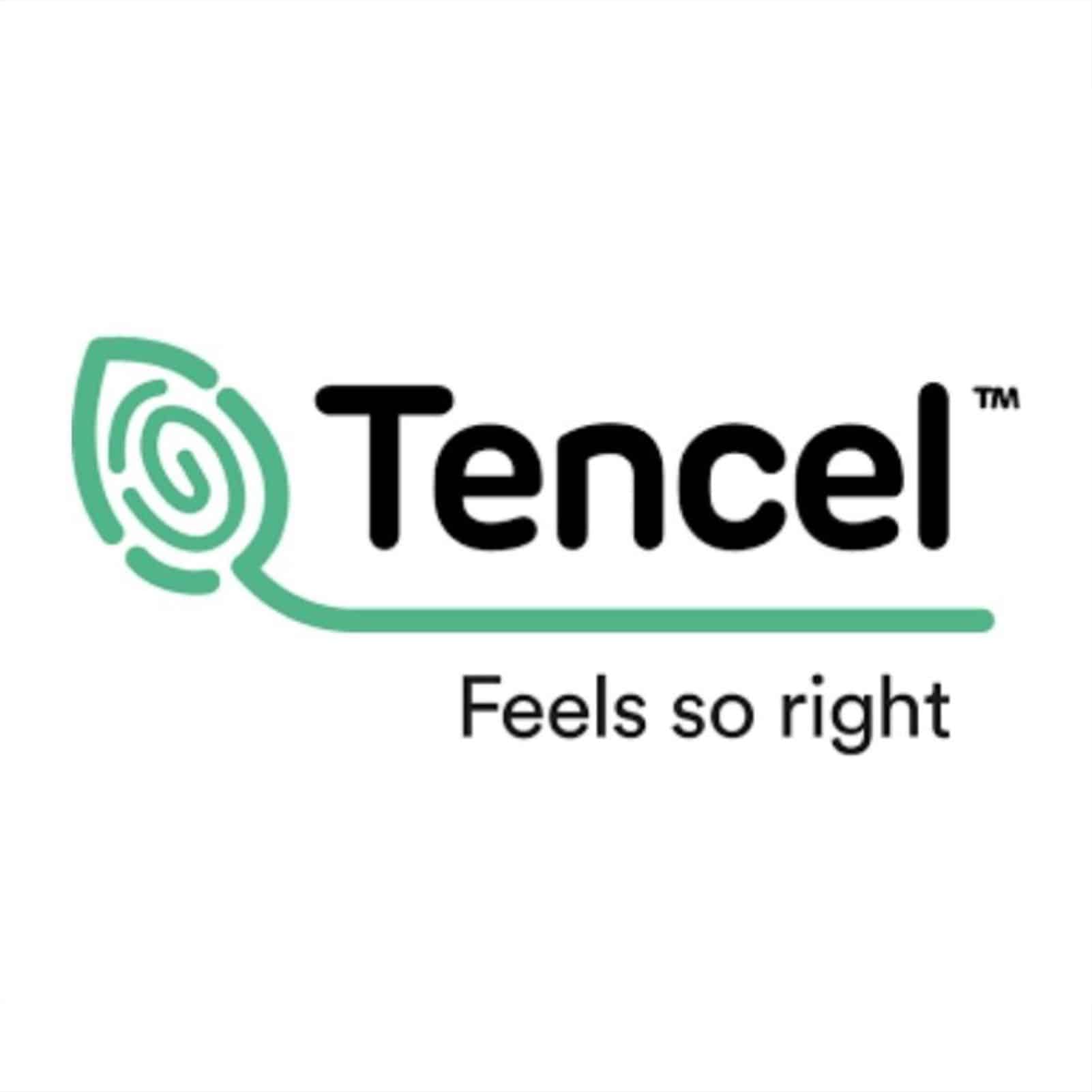
What is Tencel Fabric? The 5 Things You Need To Know